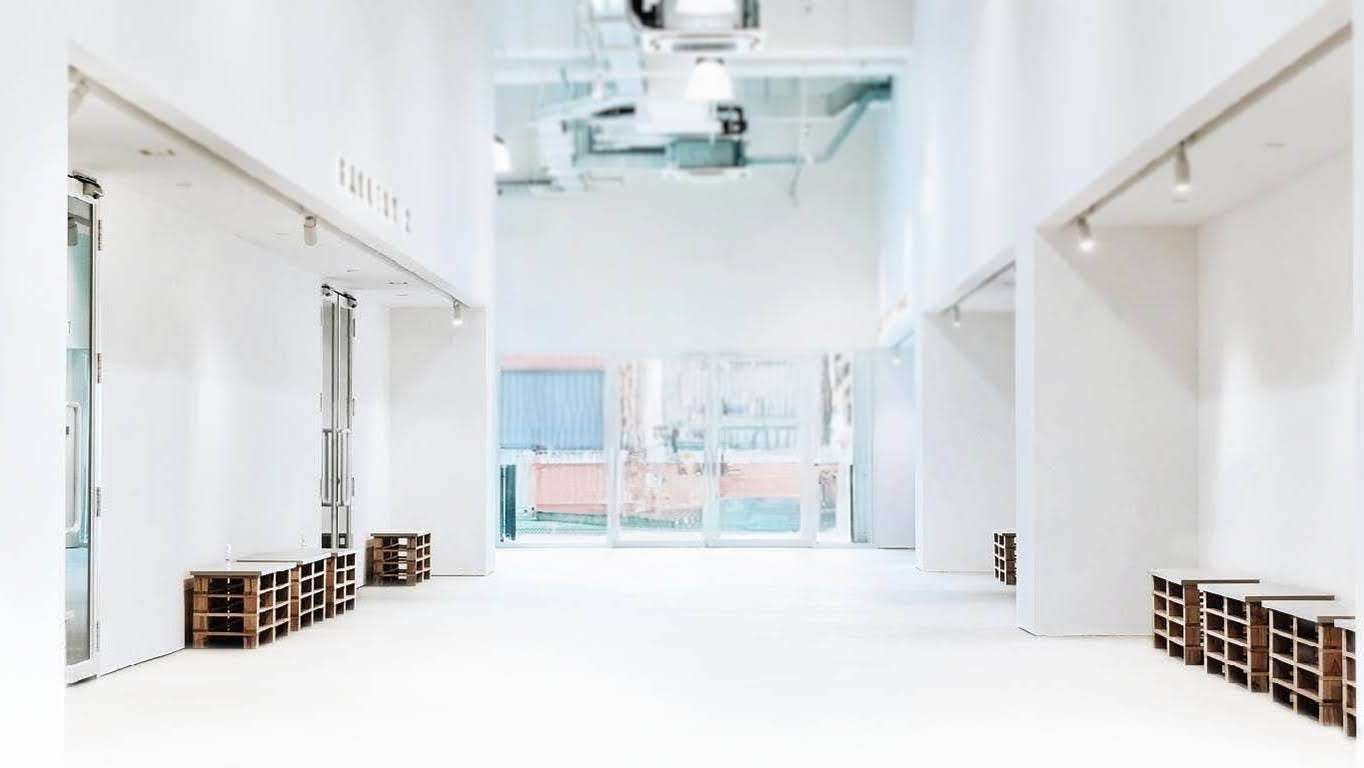What To Know
- The vast majority of cobot implementations are found in electronics and automotive manufacturing and industrial environments, but cobots have the flexibility to be used in a wide variety of sectors from agriculture and medical to pharma,” said James McKew, Regional Director of Asia-Pacific in Universal Robots.
- The pandemic is accelerating interest in cobots as it enables safe distancing in manufacturing and assembly plants to minimise the potential spread of infections, while fully engaging workers productively and efficiently,” he added.
Editor’s brief: With the drive for more automation across the world due to the various lockdowns and distancing measures since 2020, robots of various genres have become more commonplace, including Asia Pacific. While labor remains buoyant in this region, there is also an increasing need to upskill the workforce to prepare for future economic and developmental challenges. Industrial robots tend to be costly and difficult to implement, and not suitable for many smaller outfits. There are smaller, more nimble, and “friendlier” robots, known as collaborative robots or “cobots”, that are fast adopted at very small to larger outfits, handling repetitive tasks alongside human operators. Universal Robots (UR) is one such company. Read more below.
SINGAPORE – In a report by the World Robotics 2020 Industrial Report, it shows a record of 2.7 million industrial robots operating in factories globally, with 373,000 units shipped in 2019. In fact, Singapore has the highest density of industrial robots with 918 industrial robots used per 10,000 employees. In Singapore, top installations of industrial robots are found in electrical & electronics industry, followed by rubber and plastics, metal and machinery, food and others in no specific order of installation numbers. Increasing move towards automation in the production of electronic devices will continue to push robot installations in Singapore, and other Asian countries, including Republic of Korea, Japan and Taiwan.
Amongst industrial robots, collaborative robots (cobots) continues to be fastest growing segment of industrial automation, projected to grow at a Compound Annual Growth Rate (CAGR) of 41.8% globally during 2020 to 2026, in a report by MarketsandMarkets. Asia Pacific cobot market is projected to become the largest cobot market worldwide, growing at a CAGR of 45.46 percent, with an addressable cumulative market value of $13.17 billion over the next 7 years in terms of cobot hardware.
The growth of collaborative robots is fuelled mainly by the advantages it offers, such as effective employee utilisation, higher productivity and flexibility in redeployment. One of the most significant difference between industrial robots and cobots, is the ability of cobots to interact safely with humans in a shared workspace. Manufacturing and assembly plants, especially in developed countries, are expected to adopt cobots quickly.
“With the world battling COVID-19, 2020 delivered some ingenious cobot implementations. From personal protective equipment manufacturing to swab testing, collaborative robots (cobots) are improving the efficiency, safety, and quality of countless processes. The vast majority of cobot implementations are found in electronics and automotive manufacturing and industrial environments, but cobots have the flexibility to be used in a wide variety of sectors from agriculture and medical to pharma,” said James McKew, Regional Director of Asia-Pacific in Universal Robots.
“The experience of 2020 and the uncertainty that we are facing in 2021, are driving companies to review their business strategies and workspace transformation. The pandemic is accelerating interest in cobots as it enables safe distancing in manufacturing and assembly plants to minimise the potential spread of infections, while fully engaging workers productively and efficiently,” he added.
###



